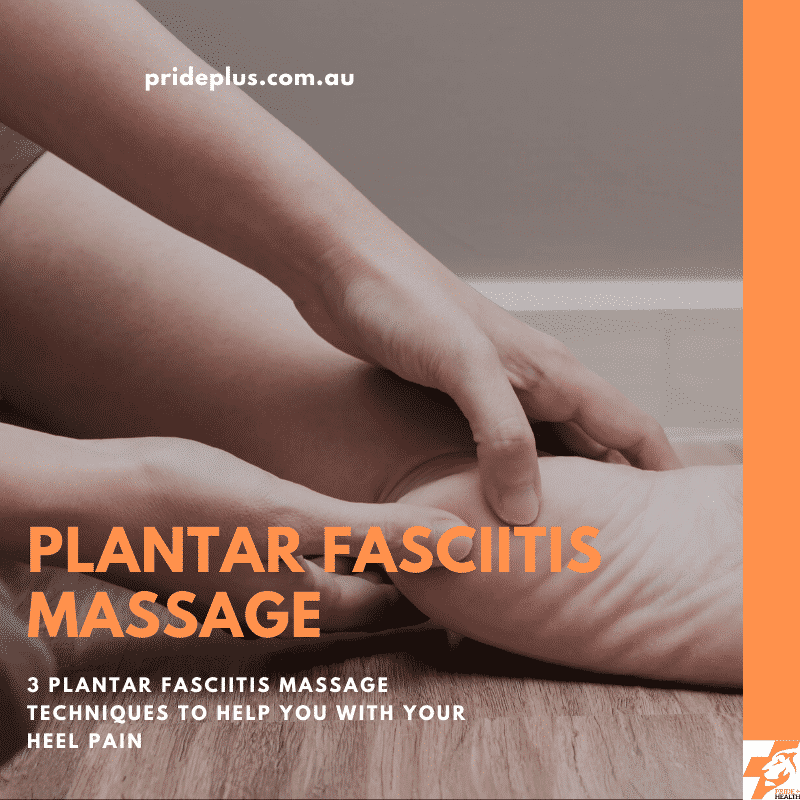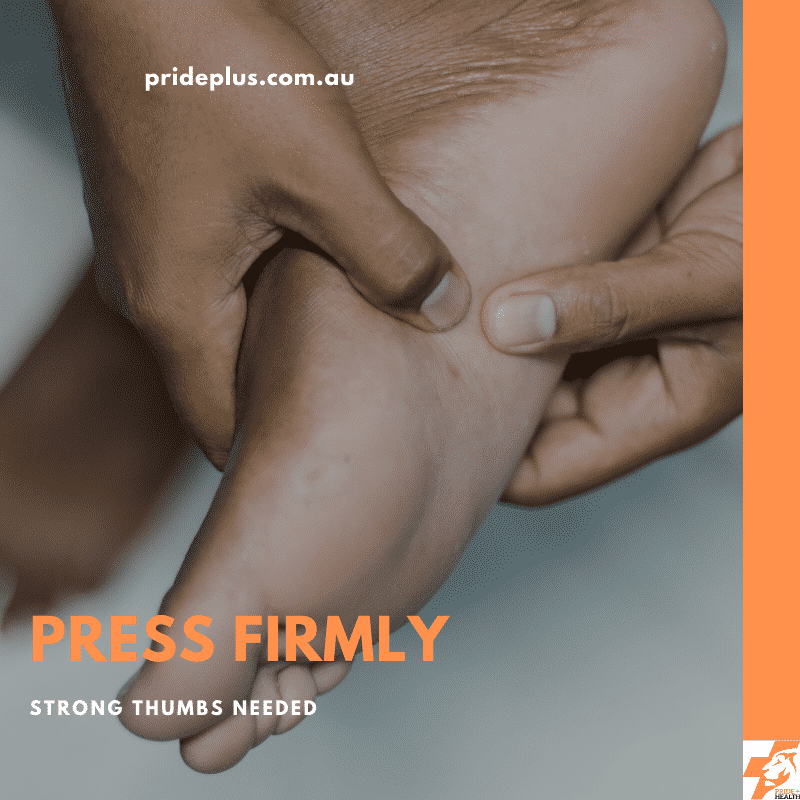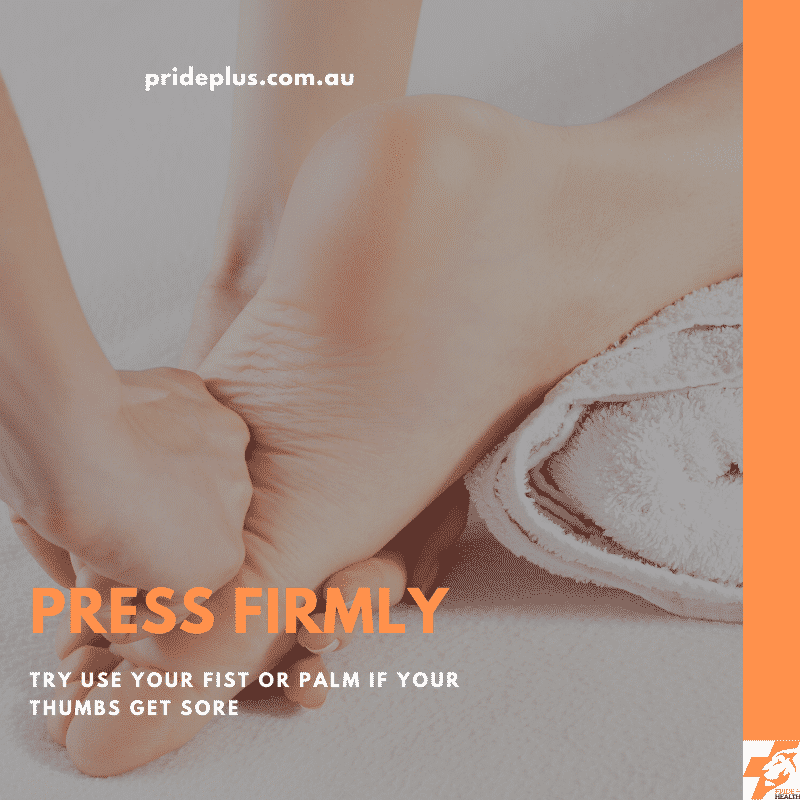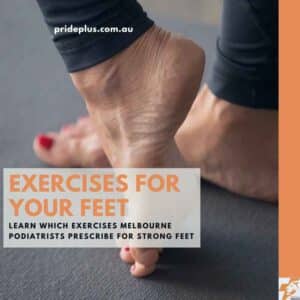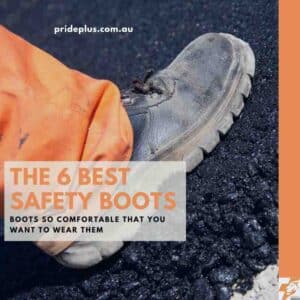Plantar fasciitis massage is one of those treatments for plantar fasciitis pain which we all gravitate to.
It just “feels” like it should work.
But does it? Check out the post below.
OK, by now you’ve probably read all about plantar fasciitis treatment and looking for as much relief as you can possibly get. You’ve replaced your poor footwear but not ready to go all in on the night splints contraption.
Just give me something I can do to do to help!
Good news – here it is.
Plantar fasciitis massage is a really useful technique that can be self driven for some positive heel pain relief. Before you get started. A word of warning. This is generic information only from a podiatrist, physiotherapist and massage therapist. Plantar fasciitis massage is for plantar fasciitis only. There are many other injuries and pathologies that can lead to heel pain which massage may not help, and potentially risk aggravating.
This post does not replace seeing an expert such as a podiatrist for a thorough assessment, diagnosis and your personal plantar fasciitis management plan.
At Home Plantar Fasciitis Massage One
This massage technique has been around for decades. It’s the original real deal, the first plantar fasciitis massage which was taught to me as a podiatrist over 12 years ago.
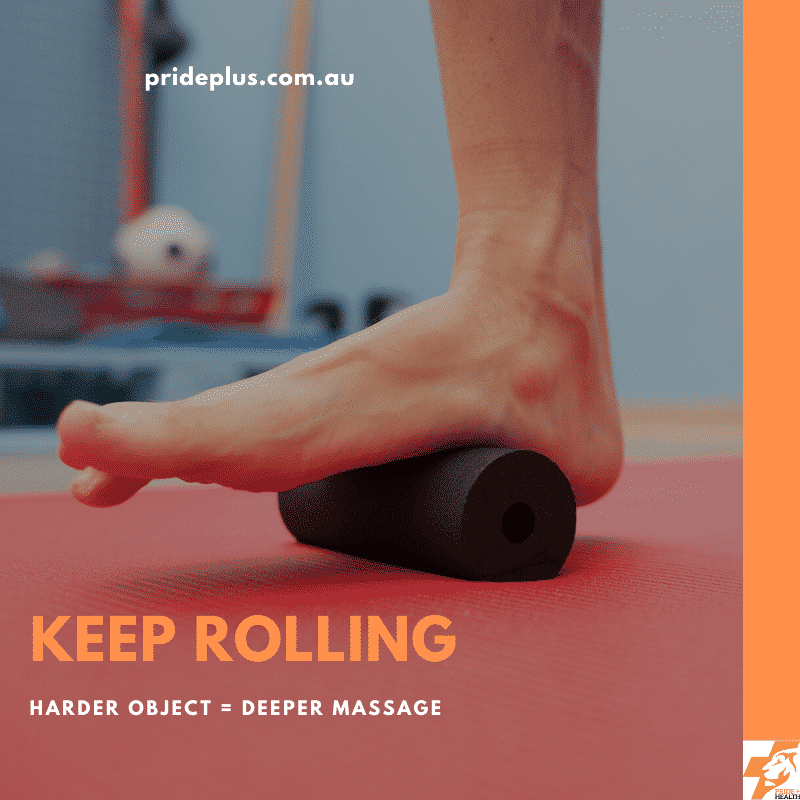
To get started you need to have your shoes off and be sitting on a comfortable chair.
Next up, grab yourself a round or cylindrical object. Personal favourites are a tennis ball (for a soft massage), golf ball (for those who like a deep hard massage), or a rolling pin, cricket stump (hey we’re in Australia!) or baseball bat. There’s plenty of options in the foam roller category to purchase as well.
Place your foam roller or rolling object of choice on the ground and then push down with the centre of your foot/arch onto the ball or cylinder.
Roll your foot backwards and forwards, applying enough pressure that you feel the little knots and sore spots give you a small amount of discomfort, but not excruciating pain.
Roll like this for 2 – 3 minutes until you start to feel some relief.
Depending on your level of plantar fasciitis pain you might feel completely pain free post this massage, or just have the pain reduced by a few levels.
Some tricks that you can try with this is to play around with temperature when you massage. You can freeze a water bottle and roll with that. The ice here from your frozen water bottle provides a cold, numbing feeling which many people respond to well when their heel pain is really sharp. While not usually inflamed there is a subset of plantar fasciitis where there is chronic inflammation. The cold can help with that.
Others respond better to heat. Pouring hot water from the tap into a more rigid water bottle (not boiling, it will melt or damage most plastic bottles) and rolling with this is a great warm up to loosen the feeling in the connective tissue of the plantar fascia before activity.
At Home Plantar Fasciitis Massage Two
This one requires a little bit of hip flexibility as you need to be able to reach the bottom of your foot, ideally with both hands.
Start barefoot, sitting on a chair.
Cross your leg with your plantar fasciitis affected foot over your other leg and use your thumb to massage the bottom of your foot.
There’s no right or wrong way to do this, as everyone is slightly different.
My preference is to start at the heel, pressing firmly with my thumb and moving down towards my big toe. Slowly with steady pressure, not painful, but feeling some tenderness. Ideally it’s a deep tissue massage that you do with your own thumb.
Repeat this movement from the heel towards your toes, moving across from the big toe, to the second, third, etc.
You can try another variant by starting with your thumb in the centre of your arch and pressing down and moving out in circles of increasing diameter.
To aid movement a small amount of massage oil or moisturiser on the foot helps glide your thumb up and down your sole.
You can make this massage more targeted to the plantar fascia by extending the toes when you rub your thumb along your foot. Toe extension (known as dorsiflexion) is where your toes bend back and up towards your knee, and not point down towards the ground.
For those with hypermobility disorders (and flat feet) like ehlers danlos syndrome self massage with a thumb sitting in an extended position can be quite sore, try using the fleshy “heel” of your palm instead to apply pressure to your foot.
The Right Pressure
When you complete your own foot massage for your plantar heel pain you’ll need to decide whether to use firm pressure, moderate pressure or light pressure. Initially pain levels are the best way to decide how hard to push.
There should be a mild level of discomfort initially when you apply your own massage treatments however there should not be any sharp pain. When you decide to undertake your own massage for plantar fasciitis if there is sharp pain you really need to see an expert. Get the best treatment for plantar fasciitis from your podiatrist and they’ll be able to guide you more with your foot massage.
In Clinic Massage
I’m going to hand over to our resident massage expert, physiotherapist and previous massage therapist Dominic Tan for his advice around the best massage that you can get from someone else for your plantar fasciitis.
Dominic has previously written in detail about the power of massage and touch. We know that when someone other than ourselves provide a massage it is more effective at exciting all the right neurons in the CNS – basically meaning we feel better faster – which is pretty much what we all want when dealing with painful heel pain.
Dominic Tan
Apart from local foot issues, plantar fasciitis can also occur secondary to problems further up the kinetic chain. Studies have found that tight calf muscles and even the hamstrings can potentially contribute to plantar fasciitis. For instance, one study has found that individuals with hamstring tightness are 8.7 times more likely to experience plantar fasciitis!
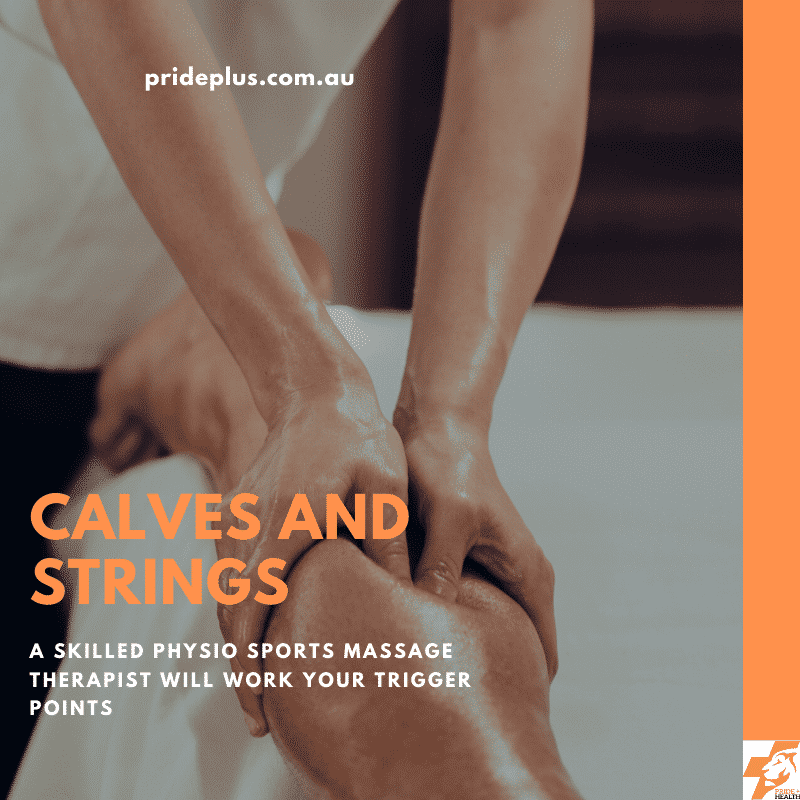
Soft tissue release of any of the tight muscles can be really effective in relieving the foot pain from plantar fasciitis. As these muscles are buried at different layers and work optimally in different length, you would be working with me (your physical therapist) in different limb positions to explore areas of tension that need relieving. We would work on the calf muscles above the ankle joint to give you temporary relief. When we couple these manual therapy techniques to improve blood flow with plantar fasciitis exercise we can get lasting relief.
Dry needling is another form of manual therapy that we can occasionally use to treat plantar fascia pain. There are risks associated with this and it’s not effective for all plantar heel pain. Needles placed carefully in the posterior calf muscles and even upper leg muscles might be used in conjunction with firm finger pressure.
Reference
Labovitz JM, Yu J & Kim C. (2011). The role of hamstring tightness in plantar fasciitis. Foot Ankle Spec. 4(3) 141 – 144
Take Action
If you’re in need of treatment for your plantar fasciitis you can book in with our team here.
We have podiatrists in Melbourne CBD, Pascoe Vale and Emerald for all your heel pain needs. There’s also the option of seeing a physiotherapist like Dominic for a physio sports massage for further relief.

